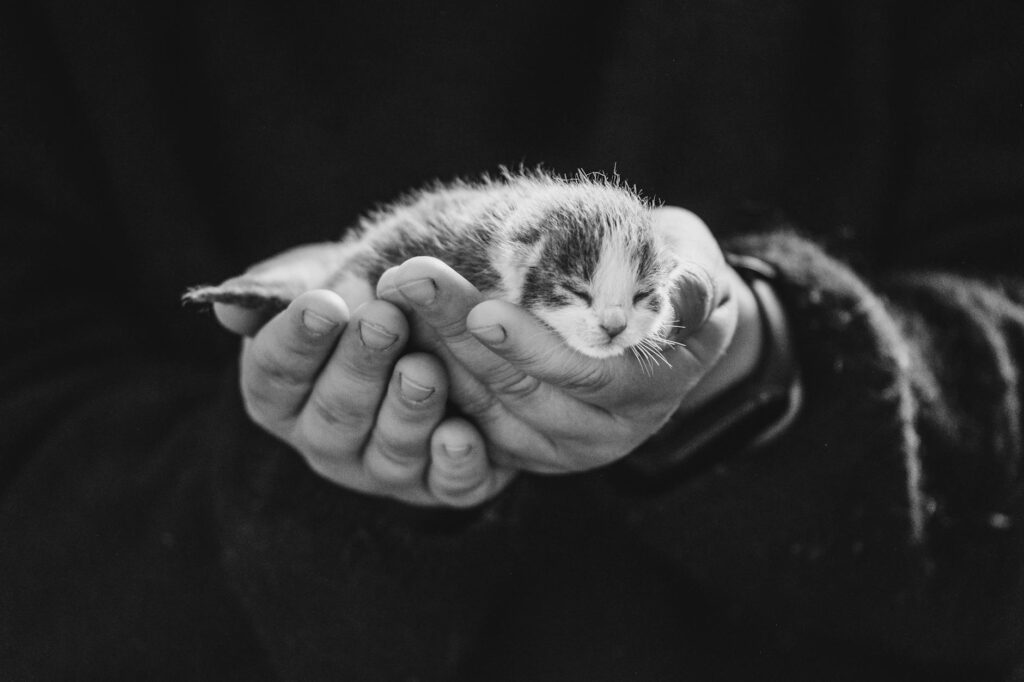Introduction
The concept of a cat café—a cozy space where patrons enjoy coffee while interacting with adoptable cats—has gained immense popularity in urban areas. But what about small towns? Launching a cat café in a smaller community comes with unique challenges and opportunities, from navigating local licensing laws to ensuring the well-being of resident felines.
This guide walks you through the essential steps to open a successful cat café in a small town, covering licensing requirements, cat care best practices, and strategies to build a loyal customer base. Whether you’re a cat lover with entrepreneurial dreams or a small-town business owner looking to diversify, this roadmap will help you turn your vision into reality.
Why a Cat Café Can Thrive in a Small Town
While cat cafés are often associated with big cities, small towns offer distinct advantages:
- Lower overhead costs: Rent and operational expenses are typically more affordable.
- Strong community ties: Small towns foster loyal, repeat customers who appreciate unique local businesses.
- Less competition: Fewer niche establishments mean your café can stand out.
However, success hinges on thorough preparation—especially when it comes to legal compliance and feline welfare.
Step 1: Research Local Licensing and Zoning Laws
Before signing a lease or adopting cats, ensure your business complies with local regulations.
Key Licenses and Permits
- Business License
-
Required to operate legally in most jurisdictions. Check with your town clerk or county office.
-
Food Service Permit
-
Since you’ll serve beverages (and possibly snacks), health department approval is mandatory.
-
Animal Welfare License
-
Some states classify cat cafés as animal boarding facilities, requiring additional inspections.
-
Zoning Approval
- Verify that your chosen location is zoned for both food service and animal housing.
Pro Tip:
Consult a local attorney or small business advisor to navigate gray areas. For example, some towns may not have specific cat café regulations, so you might need to adapt existing codes.
Step 2: Design a Cat-Friendly Space
Your café’s layout must prioritize feline safety and customer comfort.
Essential Features
- Separate Zones: A designated area where cats can retreat from guests if needed.
- Easy-to-Clean Surfaces: Opt for scratch-resistant furniture and washable flooring.
- Vertical Space: Cat trees, shelves, and perches keep cats engaged.
Example:
The “Purr & Pour” café in rural Vermont used modular shelving to maximize vertical space without overwhelming their small footprint.
Step 3: Partner with Animal Shelters
Collaborating with local rescues ensures a steady rotation of adoptable cats while reducing overhead costs.
How to Build Shelter Relationships
- Reach Out Early: Contact shelters during your planning phase.
- Clarify Responsibilities: Decide who covers veterinary care, food, and adoption paperwork.
- Promote Adoption Events: Drive foot traffic by hosting weekend meet-and-greets.
Step 4: Prioritize Cat Health and Safety
Happy cats mean happy customers. Follow these best practices:
Daily Care Checklist
- Hygiene: Clean litter boxes hourly and sanitize food/water bowls daily.
- Stress Reduction: Limit visitor numbers and provide quiet zones.
- Veterinary Care: Partner with a vet for routine check-ups and emergencies.
Tools & Resources
- Automatic Litter Boxes: Save time with self-cleaning models.
- Feliway Diffusers: Reduce anxiety with calming pheromones.
Step 5: Market Your Café Creatively
Small towns thrive on word-of-mouth. Amplify your reach with:
Low-Cost Marketing Strategies
- Local Partnerships: Cross-promote with nearby bookstores or coffee roasters.
- Social Media: Share behind-the-scenes cat content to build a following.
- Community Events: Host “Yoga with Cats” or trivia nights to attract diverse crowds.
FAQs
Q: How many cats should I start with?
A: Begin with 6–8 cats to ensure manageable care and a lively atmosphere.
Q: Can I prepare food on-site?
A: Most small cafés start with pre-packaged snacks to simplify health inspections.
Q: What if my town lacks specific cat café laws?
A: Work with officials to create a hybrid model (e.g., a “pet-friendly coffee shop” with timed visitation).
Conclusion
Launching a cat café in a small town demands careful planning—from securing permits to designing a feline paradise—but the rewards are worth it. By blending regulatory diligence with a passion for cat welfare, you can create a beloved community hub that delights patrons and saves lives.
Start small, lean on local partnerships, and let your love for cats (and coffee) shine. Your town’s first cat café could be the purr-fect addition to its small-business landscape.

